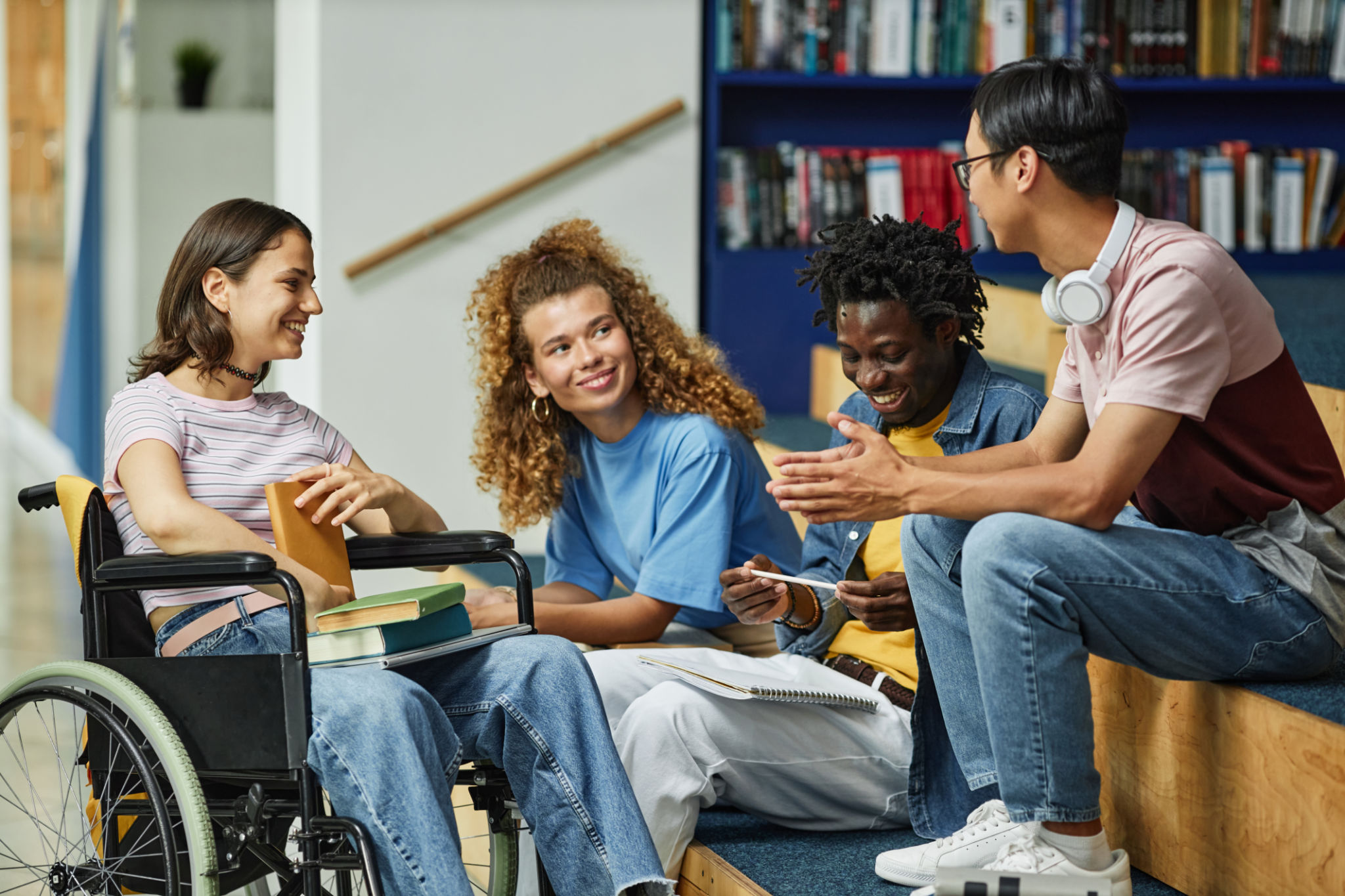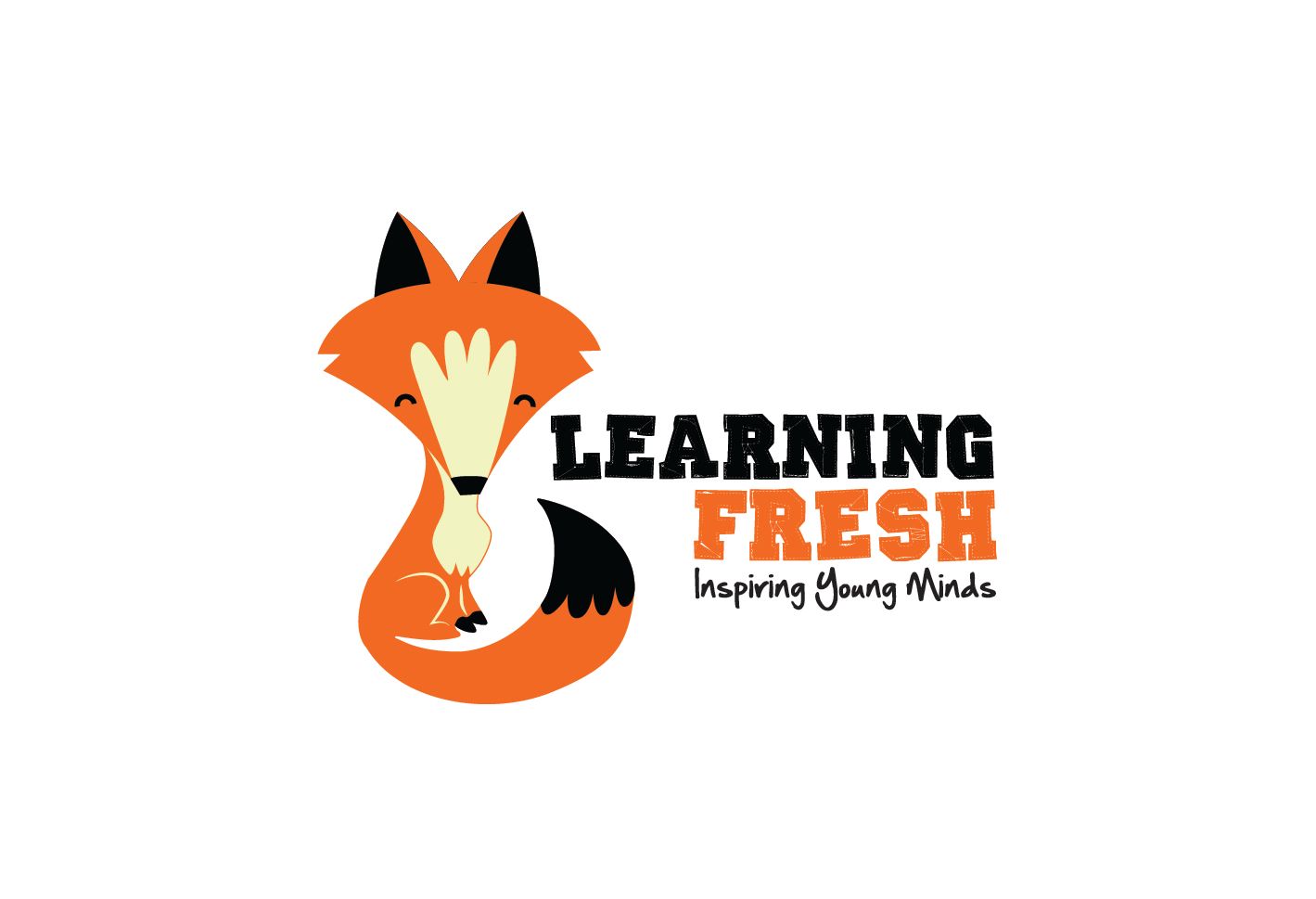Understanding Different Learning Styles: A Comprehensive Guide
Introduction to Learning Styles
In the world of education, understanding different learning styles can significantly enhance the learning process. Each individual has a unique way in which they best absorb, process, and retain information. Recognizing these differences is crucial for educators, parents, and learners themselves to optimize educational experiences. This guide will explore the various learning styles and provide tips on how to leverage them effectively.

Visual Learners
Visual learners grasp information best through images, diagrams, and spatial understanding. They often find it easier to understand complex concepts if they are represented visually. To support visual learners, educators can incorporate charts, infographics, and videos into their teaching methods.
Some strategies for visual learners include:
- Using color-coded notes
- Creating mind maps
- Incorporating visual aids in presentations
Auditory Learners
Auditory learners retain information more effectively when it is presented through sound. They benefit from lectures, discussions, and podcasts. For these learners, engaging in group conversations or listening to recordings can enhance comprehension.

Tips for auditory learners include:
- Participating in discussions and verbal exchanges
- Listening to audiobooks and podcasts
- Recording lectures or reading aloud
Kinesthetic Learners
Kinesthetic learners prefer a hands-on approach to learning. They excel when they can engage in physical activities or experiments that allow them to apply concepts in a practical manner. Movement and touch are integral to their learning process.
To aid kinesthetic learners, consider:
- Incorporating interactive activities and experiments
- Encouraging role-playing or simulations
- Utilizing models or physical objects in lessons

Reading/Writing Learners
This group of learners thrives on interaction with text. They prefer reading and writing as their primary modes of learning. Reading/writing learners benefit from textbooks, articles, and written assignments that allow them to engage deeply with the material.
Effective strategies include:
- Keeping detailed notes
- Engaging in extensive reading and writing exercises
- Utilizing lists and handouts
Conclusion: Embracing Diverse Learning Styles
Understanding and embracing different learning styles is essential for creating a comprehensive educational environment that caters to all students. By identifying and adapting to these styles, educators can foster a more inclusive and effective learning experience. It's important to remember that some individuals may exhibit a blend of learning styles, requiring a flexible approach.

Ultimately, the goal is to create a supportive atmosphere where every learner can thrive. By applying these insights into learning styles, we can unlock each individual's potential and pave the way for lifelong success.
